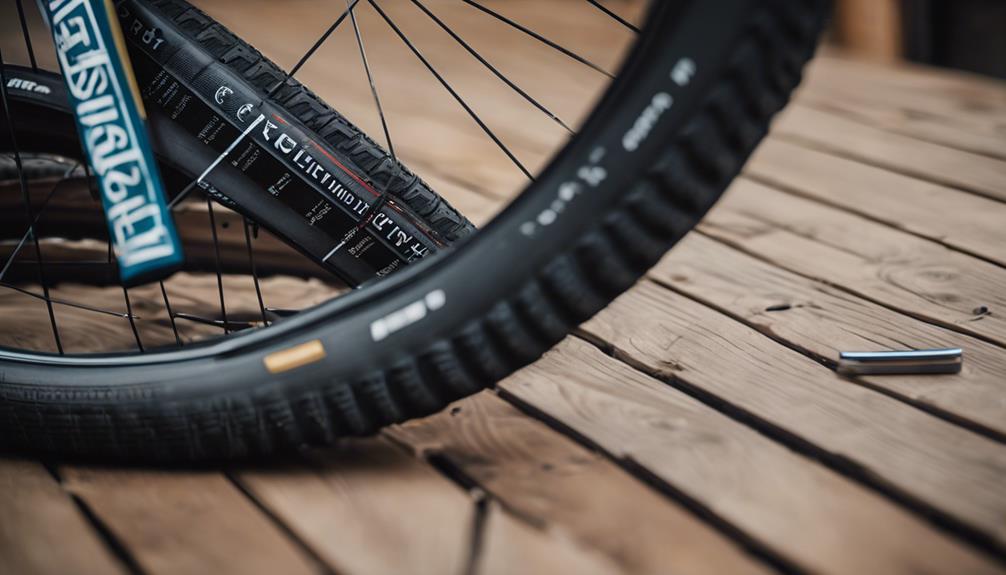Biking is not just a mode of transportation; it’s a lifestyle for many. Whether you ride for fitness, leisure, or commuting, one of the most crucial components of your bike is the bike chain. A well-maintained bike chain ensures smooth rides, efficient power transfer, and prolonged bike life. In this article, we will delve into the importance of bike chains, types available, maintenance tips, and much more.
Understanding the Bike Chain
The bike chain is an essential part of the bicycle’s drivetrain system, connecting the pedals to the rear wheel. It plays a vital role in transferring the rider’s pedaling power to the wheels, allowing for movement. A chain typically consists of a series of links made of metal and is designed to withstand significant tension and wear.
How Bike Chains Work
When you pedal, the chain moves over the chainrings at the front and the sprockets at the rear. This action propels the bike forward. The efficiency of this power transfer is critical for performance, which is why a well-maintained chain is essential. Factors like friction and wear can significantly impact how effectively your power is translated into speed.
Types of Bike Chains
Bike chains come in various types, designed to work with different bike systems. Understanding the differences can help you choose the right chain for your bike.
- Single-Speed Chains: These are simple and robust, designed for bikes with only one gear. They are less complex and easier to maintain.
- Multi-Speed Chains: Designed for bikes with multiple gears, these chains are lighter and more intricate, often featuring more links to accommodate varying gear ratios.
- Track Chains: Used in fixed-gear bicycles, these chains are designed for high-stress situations and are often stronger than standard multi-speed chains.
- Mountain Bike Chains: These chains are specially designed to withstand the rigors of off-road riding, featuring durability and resistance to dirt and debris.
- Road Bike Chains: Lightweight and designed for speed, these chains often have a narrower profile to reduce wind resistance.
Signs of a Worn-Out Chain
Recognizing when your bike chain needs replacement is crucial for maintaining your bike’s performance. Here are some common signs of wear:
- Excessive Stretch: Chains can stretch over time due to wear. A chain checker tool can measure this stretch accurately.
- Skipping Gears: If your bike skips gears while pedaling, it may be due to a worn-out chain.
- Noise: A noisy chain can indicate lack of lubrication or significant wear.
- Visual Inspection: Look for rust, broken links, or excessive dirt buildup.
Maintenance Tips for Longevity
Maintaining your bike chain is essential for ensuring a smooth and efficient ride. Here are some effective maintenance tips:
- Regular Cleaning: Use a degreaser to clean your chain regularly, especially after riding in wet or muddy conditions.
- Lubrication: Apply chain lubricant to reduce friction and wear. Ensure you wipe off excess lubricant to prevent dirt accumulation.
- Proper Storage: Store your bike in a dry place to prevent rust and corrosion.
- Monitor Chain Wear: Use a chain checker tool every few months to assess wear and replace when necessary.
- Check Derailleurs: Ensure your bike’s derailleurs are properly adjusted to prevent chain misalignment.
Case Study: The Impact of Chain Maintenance on Performance
A study conducted by the Bicycle Product Suppliers Association (BPSA) highlighted the correlation between regular bike maintenance and performance. The study involved 100 cyclists who committed to regular bike maintenance, including chain cleaning and lubrication. The results showed:
- Increased speed by an average of 10% due to efficient power transfer.
- Reduced wear on other drivetrain components, leading to a longer lifespan for the bike.
- Fewer mechanical failures during rides, resulting in greater overall satisfaction.
This case study illustrates how investing time in chain maintenance not only enhances performance but also saves money in the long run by reducing the need for extensive repairs.
Choosing the Right Chain for Your Bike
When selecting a bike chain, consider the following factors:
- Compatibility: Ensure the chain is compatible with your bike’s drivetrain. Different gear systems require specific chain types.
- Length: Chains come in various lengths; make sure to measure your current chain or consult your bike’s manual for specifications.
- Quality: Invest in a high-quality chain for better performance and durability. Brands like Shimano, SRAM, and KMC offer reliable options.
Conclusion
The bike chain is a small yet vital component of your bicycle that significantly impacts your riding experience. Regular maintenance, awareness of the signs of wear, and understanding the types of chains available are essential for any cyclist. Whether you are a casual rider or a professional athlete, taking care of your bike chain will enhance your performance, reduce the risk of mechanical failures, and extend the life of your bike. By incorporating the maintenance tips and insights shared in this article, you can enjoy smoother rides and more efficient cycling for years to come.
